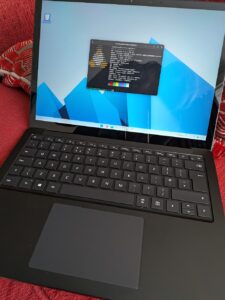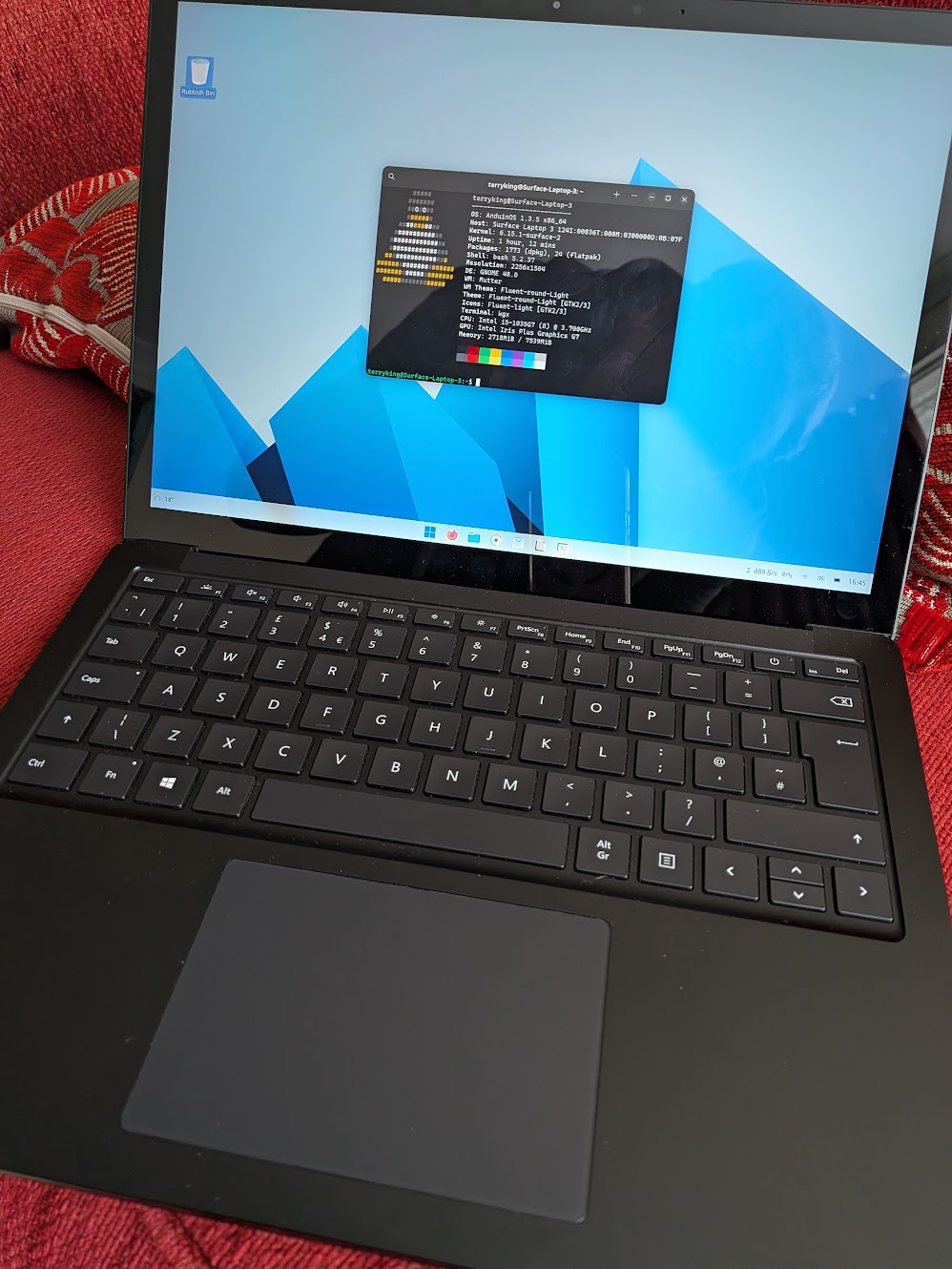For nearly a month, I have been testing this OS and decided it would be fitting to try it on a first-generation Surface Laptop Go, especially since support for that model ends in November 2024.

What makes this OS especially intriguing is that it was developed by a Microsoft engineer, aiming to ease Windows developers’ transition to Linux. Built primarily on Ubuntu, it often feels lighter than the most popular Linux distribution, partly due to the removal of Snap, an app packaging system created by Canonical that is growing in popularity.
What’s particularly interesting is that most of the hardware is supported right out of the box—not only the Surface Laptop Go’s touchscreen, which typically requires a custom kernel, but also its secure boot functionality.
It uses the GNOME desktop environment, similar to Ubuntu, on which it is based. The Windows 11-like interface is created using three optional plugins: Dash to Panel, which moves the top bar to the bottom of the screen; Arc Menu, which provides a Windows 11-style start menu; and Blue My Shell, which adds visual enhancements.
While the most experienced users might find it somewhat limiting, those transitioning from Windows 11 will feel comfortable within hours of installing it. This is especially true for developers switching platforms.
Windows users should keep in mind that this is not a direct replacement for Windows, as they cannot use all their existing applications. They will need to spend some time finding equivalent or alternative software. Many applications are available through the Software Centre.
Certainly worth trying since Windows 10 is reaching its end of support, especially as the upgrade is free. Just be sure to do your research before making the switch. The familiar interface may also encourage some Windows users, including those who had planned to stay on Windows 10, to make the move.

This distribution was created by Microsoft engineer Anduin Xue. While not part of the Windows team, he developed it in his spare time specifically for Windows developers interested in exploring Linux. Based on Ubuntu, it features a smaller footprint by removing the Snap packaging system, which is often unpopular among Linux users.
As a result, when first installed, it feels clean and minimal, a stark contrast to the bloatware often found on a fresh Windows installation. The interface is familiar—beneath it all lies a GNOME desktop enhanced with two plugins: Dash to Panel, which provides the distinctive taskbar, and Arc Menu, which adds a start menu to the GNOME desktop.
It is definitely worth trying. I installed this on two Surface laptops, but it required a Surface-specific Linux kernel to achieve full functionality. More details will be shared in the coming weeks.


Leave a Reply